20 Body Language Facts

Introduction
An interesting fact about humans is that we use body language most of the time when we communicate. The manifestations of body language can convey different types of feelings and meanings. Here are 20 general facts about body language, but the meaning of body language is also culturally dependent.

1) Crossed arms
Usually, when someone crossed their arms whilst they were in the process of talking, the message is likely to be avoidant and defensive. This may indicate a sign of self-protection and a lack of openness during the conversation (Wilding, 2018).

2) Slouching
In certain situations, such as a group talk or interview, some of us may sometimes feel overwhelmed or intimidated. If you happen to see someone’s shoulders shrink or slouch rather than sitting up straight. It is possible for that person to feel afraid or even unmotivated (Wilding, 2018).

3) Tilted body
As you talk to someone, do you notice that their body is facing in another direction, instead of facing towards you? If their bodies tend to tilt away from you, such as facing at the door or something else, there’s a chance that they are not interested in your speech (Wilding, 2018).

4) Repetitive motions
This is one of the most obvious ones. If someone’s legs are shaking constantly, rubbing their hands and unconsciously twirl their hair with their fingers again and again. It’s possible that they feel nervous or impatient (Wilding, 2018).

5) Direct Eye contact
We initiate eye contact in order to focus on the target we want to talk to. We would like their attention and they would like ours if they are interested or attentive to the conversation (Wilding, 2018).

6) Smile
One psychological term describes a genuine smile as a Duchenne smile. It consists of apparent facial muscle contraction at the orbicularis oculi and zygomatic major. If a smile does not express too much as it should be, that person may actually be feeling embarrassment or grief (Jaffe, 2011).

7) Handshake
If we are planning to shake hands with someone, the strength of a handshake also conveys some meanings too. We’d normally expect a firm handshake from someone. A weak handshake can be an indication of unreliability or disrespect (Wilding, 2018).

8) Imitation
As you engage in a conversation, do you find the person in front of you is copying your gesture? If that’s the case, it is usually because of an unconscious attempt to bond the relationship between you. That’s why we mostly see friends sharing similar poses and attitudes on the streets (Psychology Compass, 2018).

9) Lean forward
When someone starts to lean forward slowly as you talk, there is a likelihood that they are interested in your speech. The reason they lean forward is that they would like to learn more about your opinions and thoughts (Psychology Compass, 2018).

10) Raised eyebrows only
The act of raising our eyebrows can be communicated in 2 ways. If a person raises their eyebrows with a solemn expression on their face, it may initiate dissatisfaction or anger (Psychology Compass, 2018).

11) Raised eyebrows with combined signals
If a person raises their eyebrows with mixed signals of nodding and smiling, it indicates a friendly and attentive conversation (Psychology Compass, 2018).

12) Proximity
Imagine the situations in which you are with your friend versus your boss. You can distinctively tell the level of proximity between your friend and boss. If we are standing closer when we are with someone, it means we share more informal connections (Psychology Compass, 2018).

13) Flushing face
Depending on the context, a red face may usually mean shyness or embarrassment. However, it may also imply someone is holding a “flight or fight” mechanism, which consists of hostility and anger (Psychology Compass, 2018).

14) Stiffness
With the tension in the limbs and other body parts and limited mobility, there is a probability that someone is lying. They are usually trying to hide something since they do not want anyone to find out (Psychology Compass, 2018).
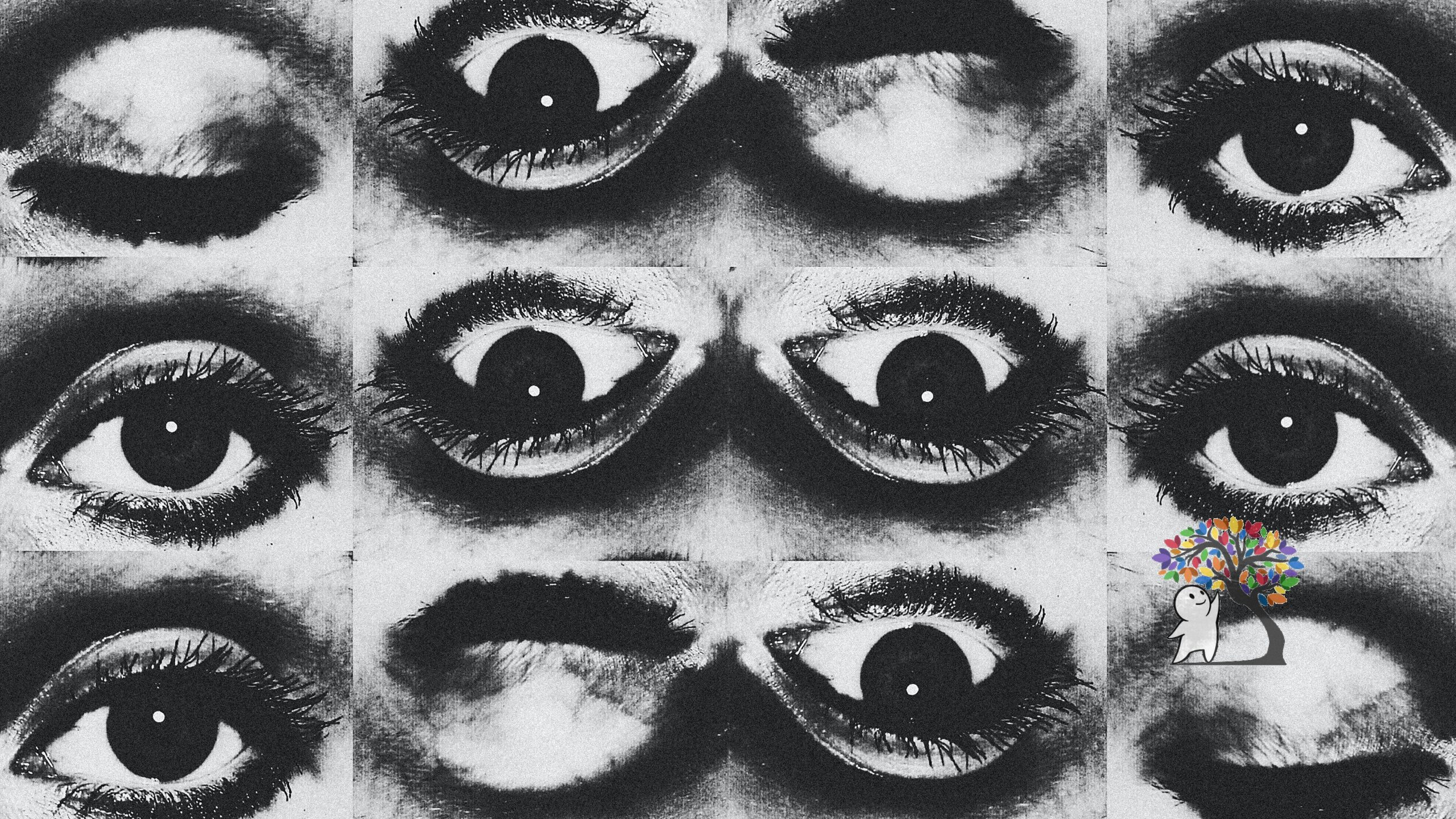
15) Blink
This is one of the crucial things to recognize as well. If someone is blinking excessively, again, there may be a chance that someone has just finished telling you a lie, which is called “rebound blinking” (Psychology Compass, 2018).

16) Lips movement
Usually, when someone is looking for a romantic relationship, they will typically smack or lick their lips to show more desire of wanting that person. This phenomenon also exists in primates when they are sexually attracted to their mate (Keltner, 2014).
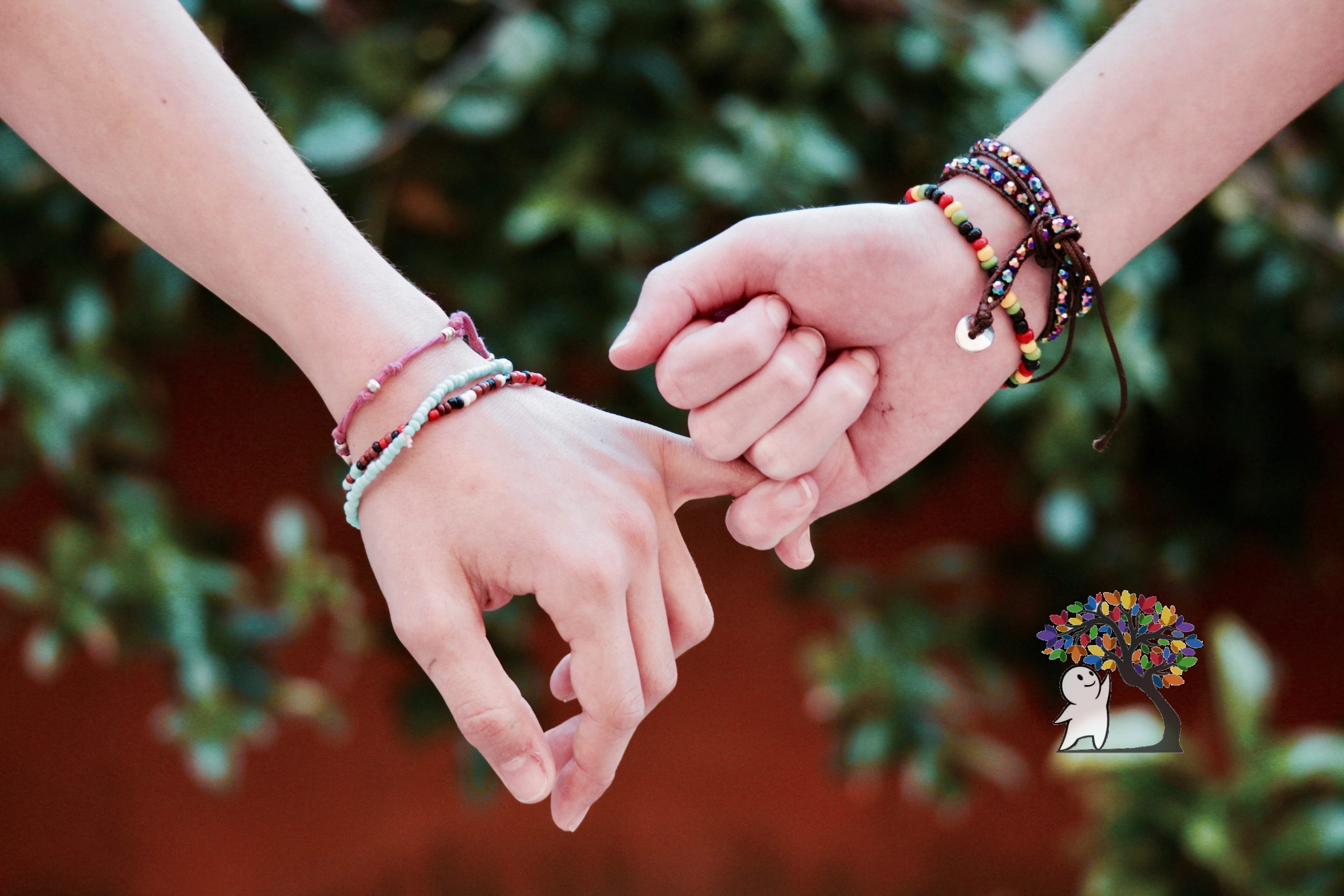
17) Small touches
If we feel sad and start talking out loud to our friends, they would normally provide a small stroke on the shoulder or on the back. The sense of small touches indicates empathy, care, and warmth. It lets people know that you actually understand and always be there for them (Keltner, 2014).
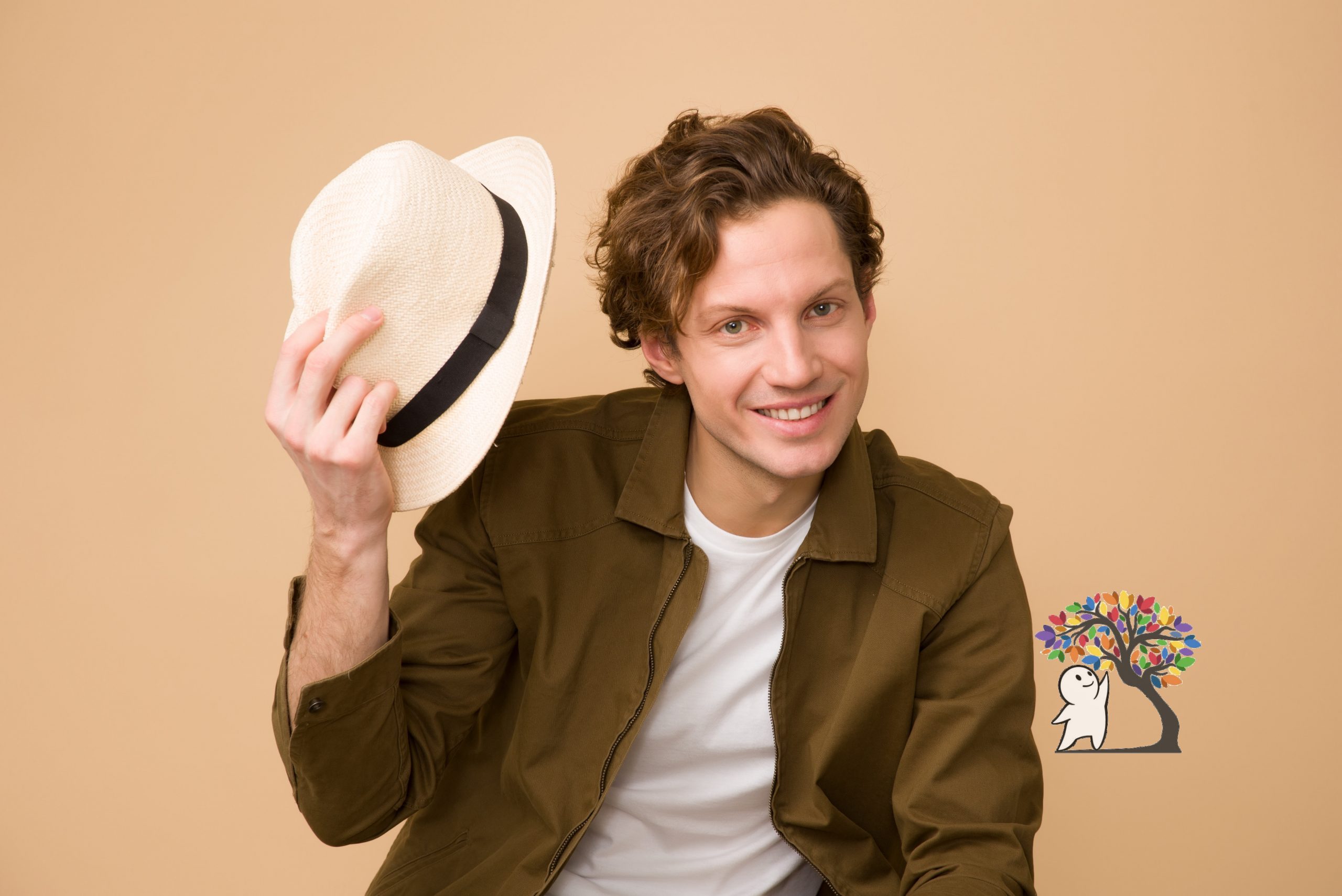
18) Head motion
If someone likes something, they will nod as an agreement or affirmation. If someone dislikes something, they would shake their heads or move further away. Although this may seem pretty common in most western cultures, depending on the context of geography, some variations may exist too (Hamilton, 2016).

19) Finger signs
Similar to the previous point, a thumbs up typically mean agreement and a thumbs down mean disagreement. However, for more complex finger signs, such as forming a circle with a thumb and an index finger while raising the other 3 may imply different meanings from “ok” to something explicit (Hamilton, 2016).
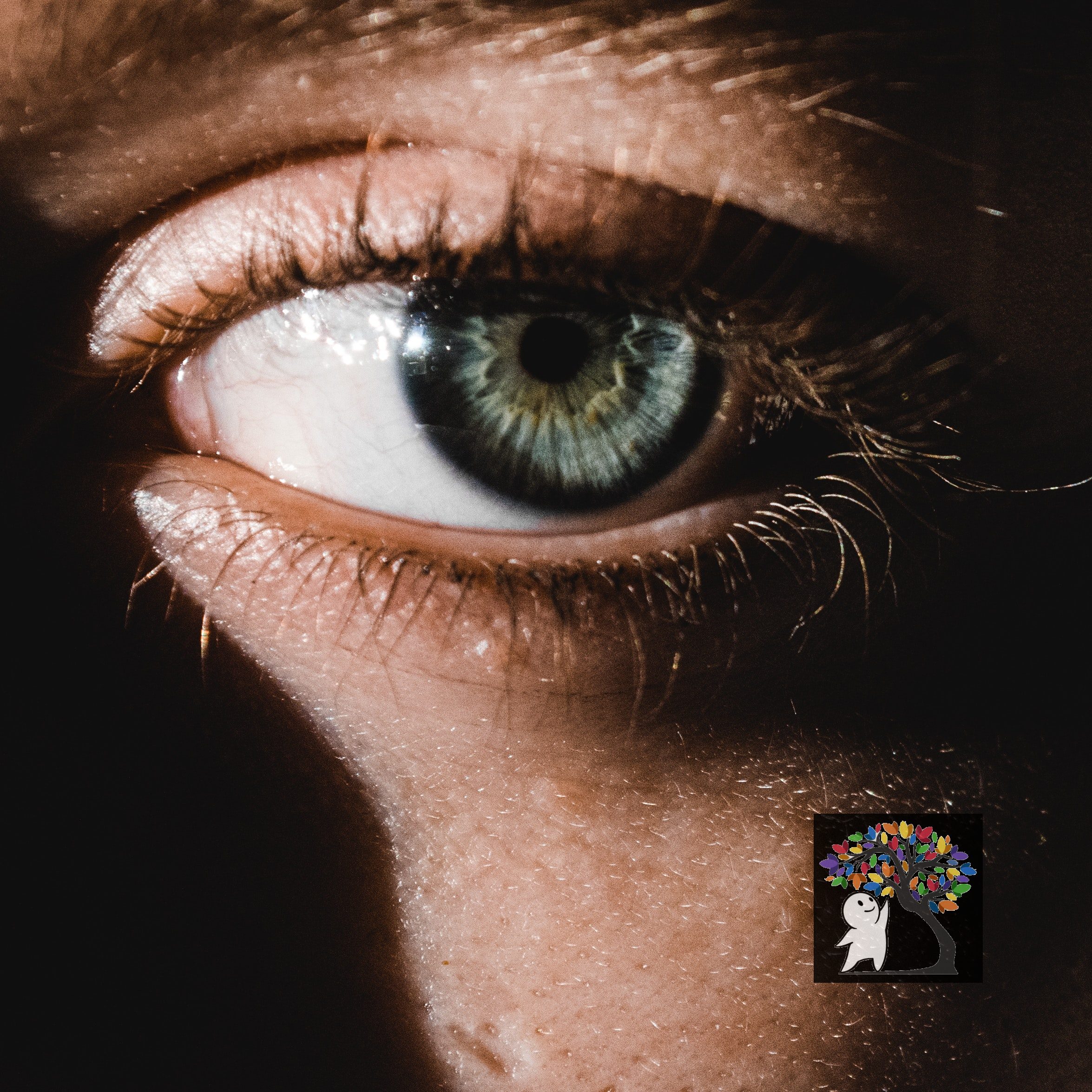
20) Indirect eye contact
However, eye contact doesn’t always stay the same all the time. Not maintaining proper eye contact means someone is not paying attention, distracted, or avoidant (Wilding, 2018).
References
Wilding, M. (2018). 7 Body Language Mistakes that Could Hold You Back at Work. Psych Central. Retrieved on May 25, 2020, from https://psychcentral.com/blog/7-body-language-mistakes-to-avoid-at-work/

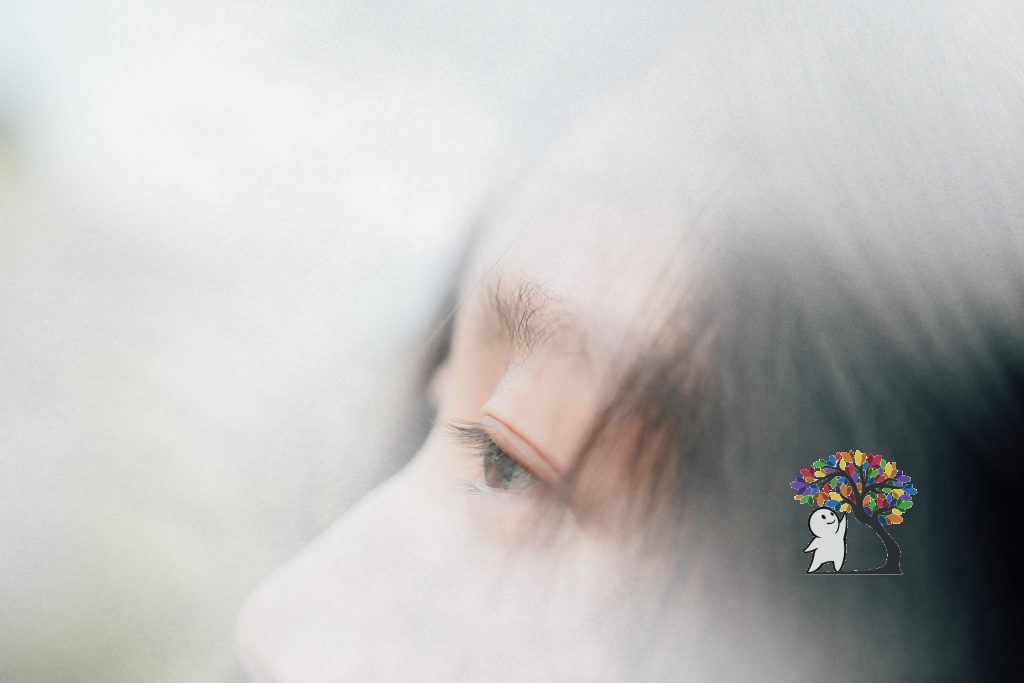

Responses